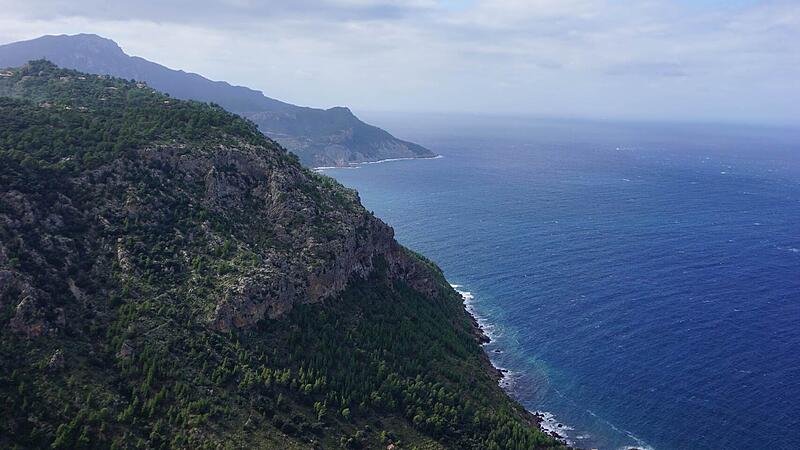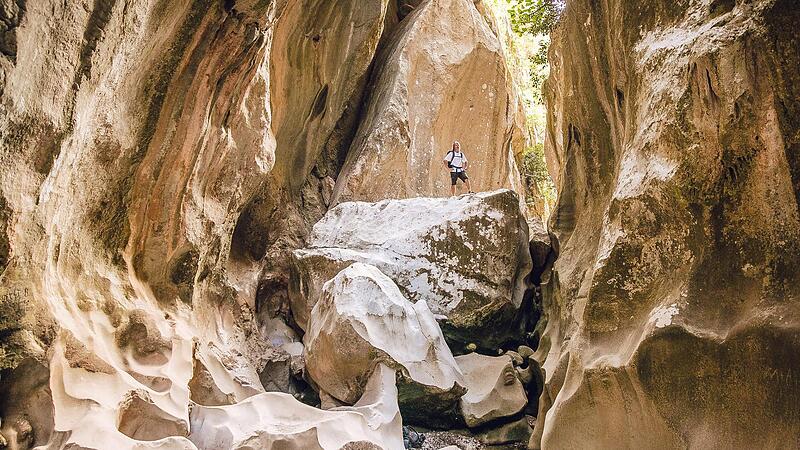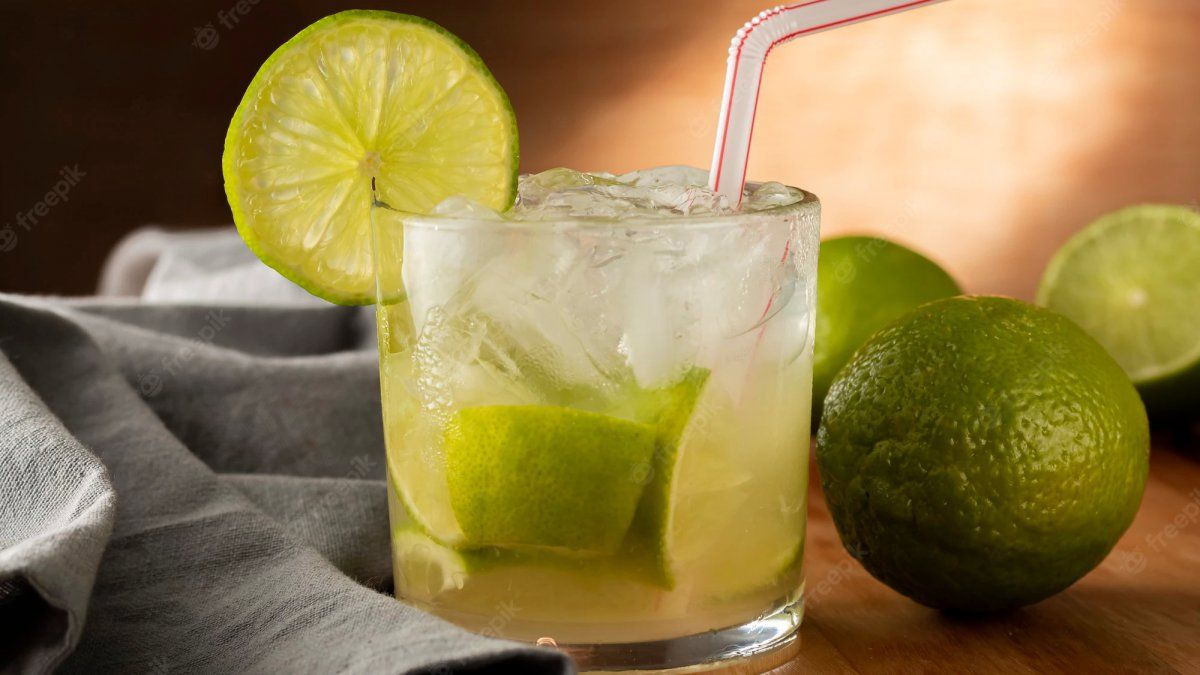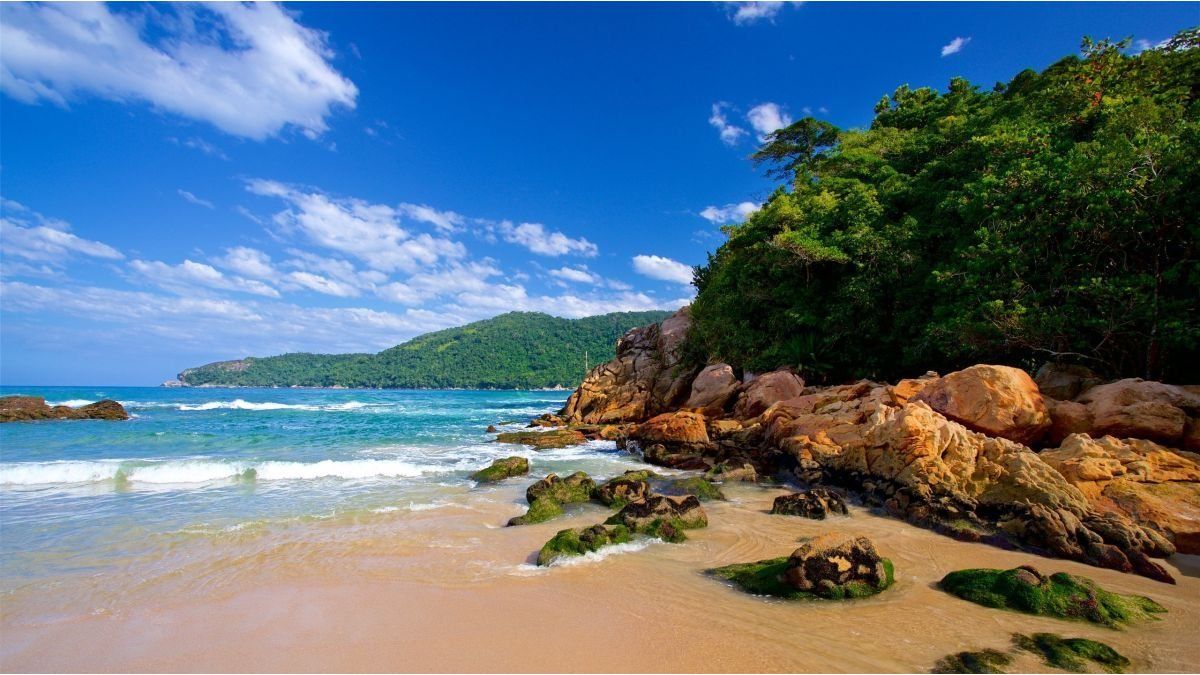The strawberries grow on trees. With a stick we manage to fish a ripe fruit. It’s slightly mushy inside, but sweet. The strawberry tree “Madroño” is not the only surprise on our trip to Mallorca. We meet almost exclusively locals, live in small hotels and guesthouses, eat in restaurants where the service only speaks Spanish and no German or English menus are available. We hike carefree through the mountains, come across viewpoints that only a few wild goats have discovered for themselves so far, and soon we ask ourselves: Where are the 14 million tourists who storm the island every year when it’s not a pandemic? At least not here in the Tramuntana, the wild and pristine mountain range that has Unesco World Heritage status.
Around the hustle and bustle
Of course, there are also hotspots in the mountains with large parking lots and people crowding in front of cheap takeaways. But our tour always leads around the hustle and bustle. We hike the “Ruta del Contraban”, the smugglers’ route that winds its way between Valldemossa and Lluc on the north coast. It’s a constant up and down. Once we are very close to the water, then again to the sky. The 80-kilometer trip is divided into five stages. You need a good level of fitness to even climb up for two hours. We sent our luggage ahead by bus. Only a small day backpack sticks sweaty on the back.


On the other hand, the smugglers who were still on the move 50 years ago allegedly had 60 or 70 kilos on their backs. If you want to know why fishermen set out to pick up packages full of coffee or tobacco or car spare parts from big boats that anchored off Mallorca at night, you will end up with Franco and his dictatorship of scarcity. The people on the island were even poorer than those on the mainland. In one smuggling night they could earn a whole month’s wages. The matter was professionally organized: when the fishermen arrived in the small bays far from the villages, farmers and boys were waiting. They packed the goods on their backs and carried them to hiding places.
We also come across small earth caves, which the smugglers used. They hung the individual cans on long ropes and lowered them into the depths. Such places can only be found by those who have the right companions. We’re talking about a real insider, a guide who has visited the former smugglers and after a few rounds of liquor has gained their trust, knows their customs and is fluent in Mallorcan. In short: someone like Hendrik Uhlemann, a real Saxon who lives in the middle of the Pampa of Mallorca.
The engineer came to the island 16 years ago. It was supposed to be a short stay, because Hendrik actually wanted to go to South America to work as a development worker. He started out as an installer, then built solar systems – until burnout laid him flat and he started exploring the mountains to get back on his feet. He is now married with two children and can’t imagine anything better than guiding people on lonely paths across the island. The smugglers’ tour leads through the forest and mountains of Mallorca and always into the middle of Mallorcan life and its cuisine.


Best-of at vantage points
Soon after the start in Valldemossa, the hiking group is delighted. In the “Restaurante Can Costa” the chef stands by the open fire and grills pieces of meat that hardly fit on the plate. There are only local diners who order ‘Caragols’ and ‘Frito Mallorquin’ and then take cooked snails from their houses before enjoying the liver stew. When we ask for a German menu card, the waiter just shrugs his shoulders. Hendrik translates and after the delicious meal we discuss which was the most beautiful vantage point. An agreement is not possible, but at least we create a top 5 list of the day, which Hendrik also nods benevolently.
The 43-year-old worked out the smugglers’ tour together with the hiking tour operator ASI from Innsbruck. If you don’t want to go in a group, you can book an individual tour. There are different levels of difficulty, you can also shorten the daily stages. Transfers and hotels are included. If you are traveling alone, you will receive the GPS data and 60 pages of directions with photos. Because in Mallorca there are only a few signposted or marked routes.
The Torrent de Pareis shows how important a guide can be. The most famous gorge in Mallorca is a challenge for hikers. The start in the village of Sa Calobra is leisurely, your shoes sink into the gravel, songbirds chirp cheerfully from the trees, and in the pools that stand year-round on the edge of the gorge, fish snap at mosquitoes. Soon the only thing to be heard is the bleating of the goats standing in the steep cliffs while we climb over the first boulders, which are as big as minibuses.
“Slide over my bum”
We squeeze through crevices, brace ourselves off ledges with our feet, and put our fingers in small holes in the rocks to pull ourselves up. Although Hendrik has crossed the gorge umpteen times, he always has to look for the best way, but he knows how to tackle the key points. “Slide over my bum,” calls the 43-year-old when his feet are once again too short to get down from a rock.
The hike is only possible between April and October. In autumn and winter, the water rushes through the gorge and grinds the limestone round in tireless work. When it rains, the round stones suddenly become dangerously slippery, sometimes you have the feeling of standing on soft soap. Unfortunately we have to turn back, because the more difficult steep steps and climbing areas are still ahead of us.
Swim in the sea in the moonlight
Back in the overcrowded Sa Calobra, we immediately flee to the neighboring gorge of Cala Tuente. The bathers have long since said goodbye. There is only one restaurant here. It belongs to Jaume Celia. At 5 p.m. he closes his restaurant and sends the last day trippers back to their big hotels in Palma. There are only ten beds in his guest house – and tonight they are ours. A whole bay to ourselves.
The sun sends a final greeting as we slip on our bathing suits and step into the sea. Yes, it’s going to be cheesy, as the moon appears for the finale and lights our way back to the guest house, where Jaume has been making tortilla and tomato salad. His father was a bus driver, and as a child he was sometimes allowed to come along on tours to Cala Tuente. At that time he made a firm resolution to open a hotel here. His father advised him to plant a tree. It became a strawberry tree. It stands in the bay, and sometimes curious hikers come and nibble on its sweet fruits.
useful information
- Sleep: Along the Smugglers’ Trail there are many accommodations ranging from simple to luxurious. This impresses with a particularly beautiful and secluded coastal location Continental in Valldemossa (en.hotelcontinentalvalldemossa.com).
It’s even lonelier in the Es Vergeret guest house in the bay of Cala Tuent to (esvergeret.com).
There is hustle and bustle in Port Soller, but that’s what it offers “eSports” historical ambience of the extra class (hotelesport.com). - Meal: A young family has breathed new life into the “Can Costa” restaurant near Valldemossa. She has made it her mission to preserve old Mallorcan recipes and serves authentic dishes that you won’t find in the big hotels. cancostavaldemossa.com/home-en
- Tips: A hiking map is recommended for orientation (e.g. “Mallorca – All paths in the Serra Tramuntana, map solutions 17.80 euros). The islands can be experienced from a completely new side on a boat trip. Along the rocky coast, for example, from Cala Tuent to Port Soller (barcoscalobra.com).
- Price examples: ASI Reisen offers the Ruta del Contraban as a small group tour with a guide or individually with GPS and trip notes. Group trip with 6 nights incl. flight from 1350; individually from 695 euros (without flight). rutacontraban.com
- further information: illesbalears.travel/en/baleares
Source: Nachrichten




